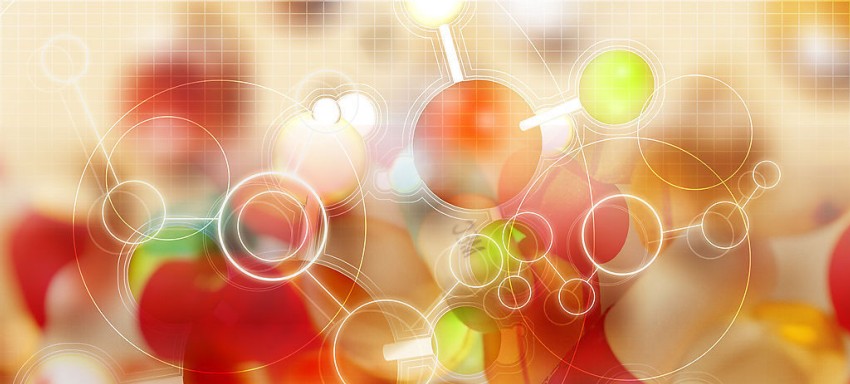Rapid Sperm Morphological Stain
Intended use:
This method is modified from Diff-Quick and Wright-Giemsa stain recommended by WHO. It is intended for staining examination of spermatozoon morphology, sperm cytology and prostate cytology.
Principle:
Proteins with different isoelectric points in spermatozoon and cells carry different charges under the same pH and thus they will selectively bind to different stains. The amido liberated from acidophilic proteins carry positive charges and bind acid stain (Eosin) to become red. The carboxyls liberated from basophilic protein carry negative charges and bind alkaline stain (Methylene blue) to stain blue. Neutrophil proteins, whose positive charges from the liberated amido are equivalent to the negative charges of liberated carboxyls, bind simultaneously both the acid stain and alkaline stain, and appear mauve. However, as the liberated charges are equal, the stain is weak. The buffer can prevent the interference of acid and alkaline substances for a satisfied result.
Methods:
- Centrifuge the liquefied sperm for 8 minutes (500 rpm) and remove the supernatant. Wash precipitate with isotonic saline solution 2~3 times for 5 minutes each (2,000 rpm). For the specimen with many sperms, take the liquefied sperm from the bottom of tube, wash and centrifuge with isotonic saline solution 2~3 times.
- Add isotonic saline solution to resuspend the centrifuge precipitate after washing. Push into slice according to the pushing blood film method. Dry in the air or with ventilation.
- Cover the smear with 1~2 drops of Stain A for 15~20 seconds (the stain may dry at this time).
- Wash away Stain A with M/15 phosphate buffer, then throw off the buffer briefly.
- Cover the smear with 2~3 drops of Stain B for 20~30 seconds. Rinse with running water and dry.
- Examine the finished slide under an oil immersion lens, or examine microscopically after sealed with mounting medium.
Specifications:
|
Contents |
2vialsx20ml |
Components |
|
Stain A |
1x20ml |
Eosin, Methanol, Methylene blue |
|
Stain B |
1x20ml |
Azure A |
|
Buffer (Powder) |
2 bags |
Phosphate |
Precaution:
- The result will be better if the isotonic saline solution in step 1 is substituted with isotonic phosphate buffer (pH7.2~7.4) and it is good for biological examination.
- The nonliquefied sperm should be handled by liquefacient and then stain by following the test procedure or prepare slide to stain. But the result is not as good as expected and background is not clear.
- When washing spermatozoons, the centrifuge speed should not exceed 2,000 rpm to prevent disruption of spermatozoons and cells.
- The spermatozoon heads stained by this method are bigger than those obtained from the modified Papanicolaou stain and shorr stain.
- This method is intended for examination of spermatozoon morphology and sperm cytology. Each lab should adjust the staining time based on the examination objective.
Expected Results:
Karyon of the spermatozoon head appears indigo, acrosome is lavender and tail appears lavender. Various cells in sperm give rise to different results due to their different shapes and matters contained.

